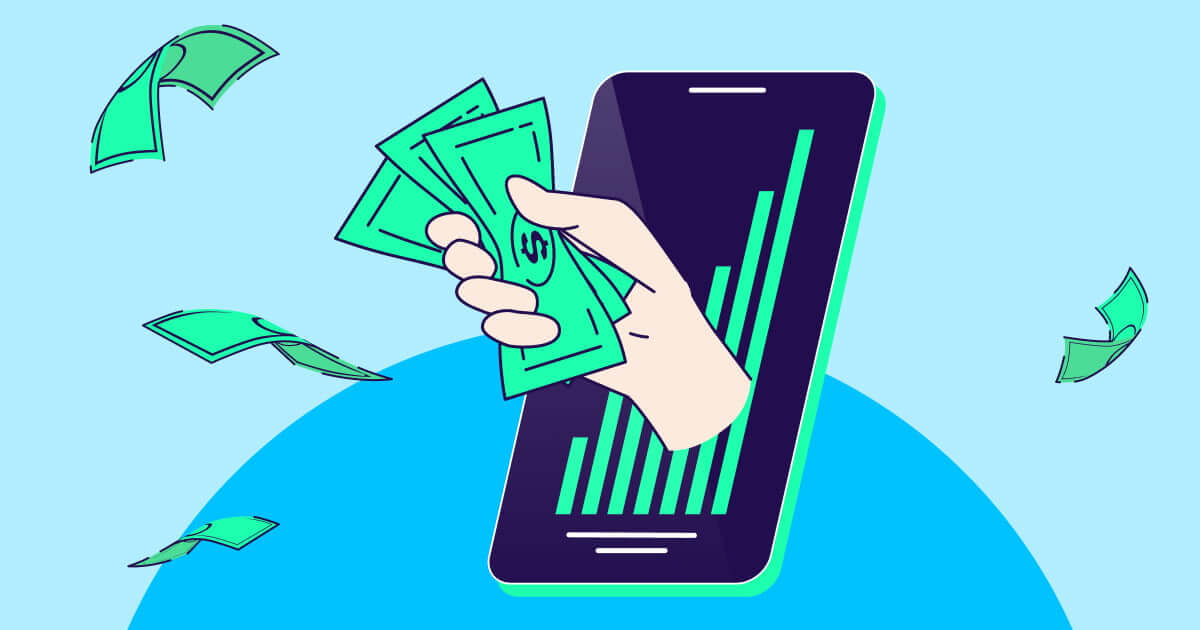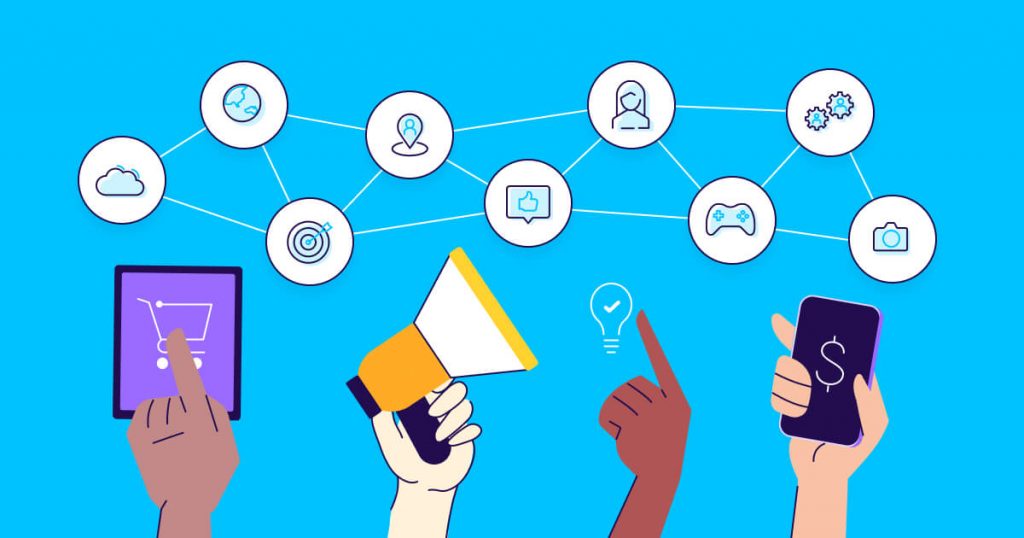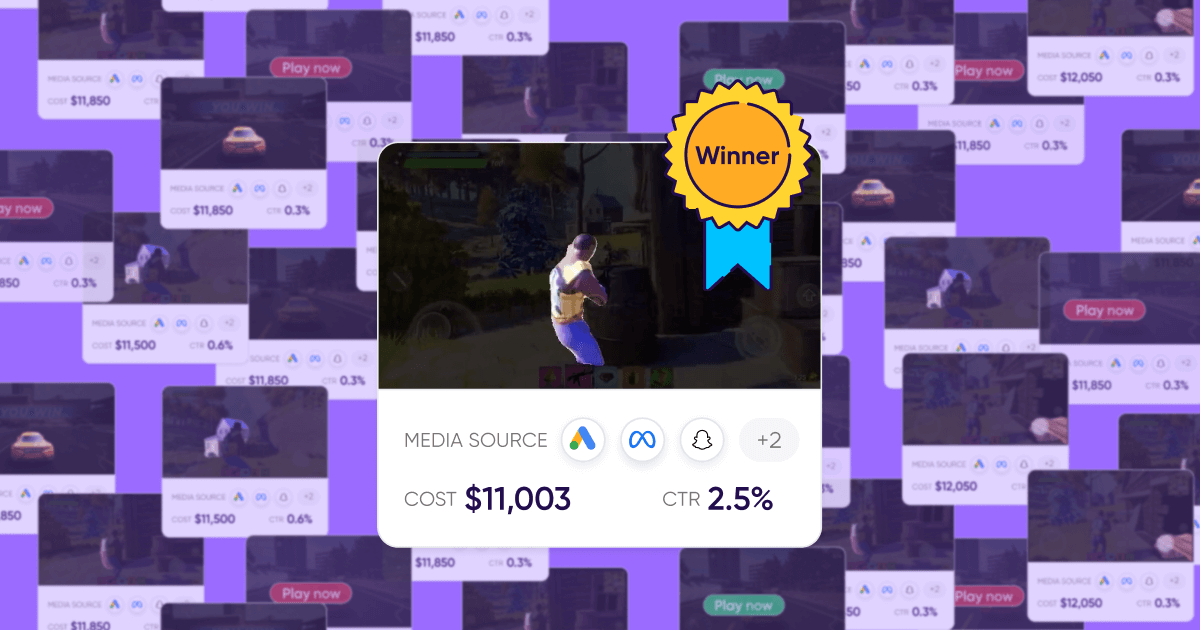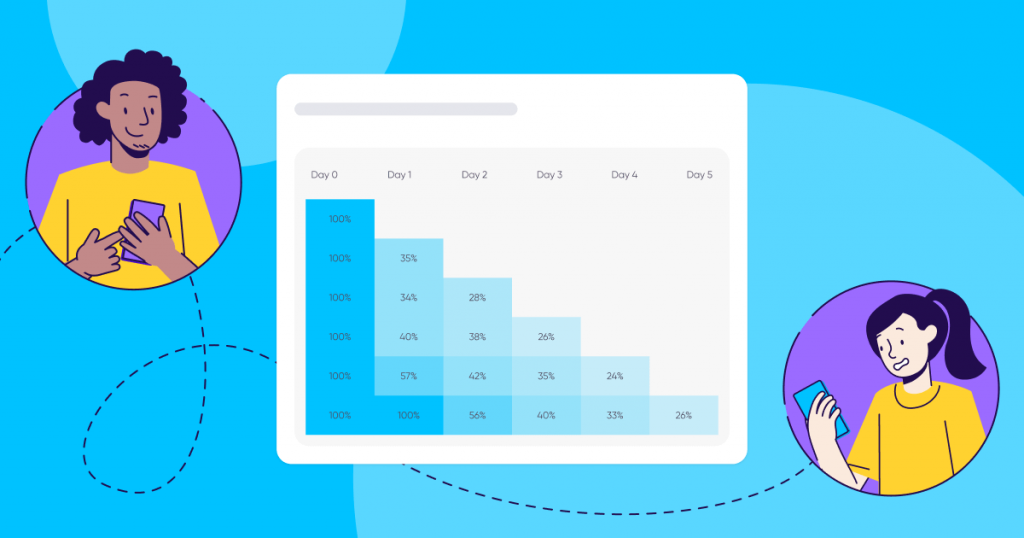
The world of apps will teach you that nothing in life is truly free.
Mobile apps were downloaded 230 billion times in 2021 – about 95% free to install. Yet the entire industry generated a whopping $400 billion in that year, according to Statista.
So apps definitely make the world go round, but how do they survive and thrive as businesses when they’re free?
To make sense of these numbers, we have to dig into how apps make money. In this guide, we’re going to break down everything you need to know about app monetization, the various revenue streams, and how you can get started and maximize your income today.
What is app monetization and why is it important?
App monetization is the process of generating revenue from app users.
This often includes multiple strategies ranging from showing banner ads on the bottom of your app, to leveraging rewarded video ads, and applying integrated advertising methods that we’ll cover more in depth later in this piece.
Understanding app monetization is crucial, because there are numerous strategies that can help app developers and advertisers generate revenue. More importantly, a well-researched app monetization strategy ensures you’re creating a positive user experience to retain and grow your user base profitably.
More specifically, owning the metrics around average purchase value, average number of purchases, and retention rates helps measure a user’s lifetime value (LTV) and serves as a crucial piece of measuring a marketer’s ultimate KPI, return on ad spend (ROAS).
What is the difference between free and paid apps?
As of December 2021, 97% of apps on the Google Play store were free. 94% of iOS apps on the App Store were free. Why is that?
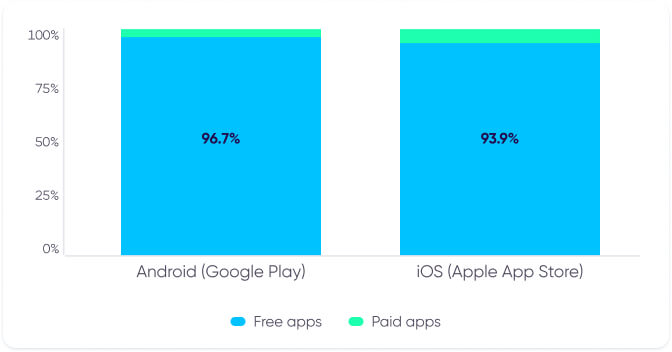
Making your app free has several benefits that can help you generate more revenue in the long run, because it lowers the risk involved of trying your app out. A free app requires very little commitment, which in turn, makes it easier and cheaper
to acquire new users. While the standard for free apps has risen, there’s still a less critical expectation than paid ones.
In contrast, paid apps are heavily reliant on strong brand recognition, unique content, and reputable reviews. Users who commit to paying for an app naturally have higher and more immediate expectations, especially when it comes to user experience. This puts limitations on monetization strategy options, and potentially losing out on long-term revenue.
App monetization models and strategies
Apps weren’t always free. When app marketplaces first opened their doors, most popular apps cost money. With little to no data around how to generate revenue, asking for an up-front commitment was the best way for developers to generate revenue at the time.
As data became accessible, developers, advertisers, and marketers began to understand that in-app purchases, in-app advertising, and other diversified monetization models proved to be much more lucrative. This is why “free” apps are now the norm.
But since the introduction of heightened privacy measured through Apple’s App Tracking Transparency (ATT) framework with iOS14.5+, it’s become more difficult to measure, target, and optimize marketing activities because of limited data.
Gaming apps were hit particularly hard, because they were highly reliant on a) marketing to drive growth, and b) user-level data to drive positive return on ad spend and identify the whales (a small share of users who generate most of the revenue).
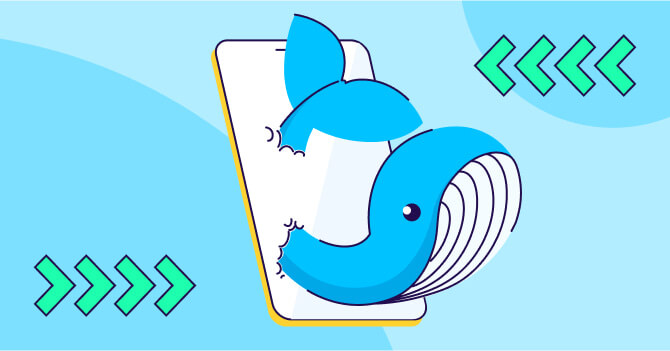
Despite these changes making mobile marketing more complicated than before, overall mobile app usage has continued to grow across the board. COVID-19 interrupted our normal way of life but accelerated digital transformation in the process.
Phones have become crucial to how we stay entertained and interact with those outside of our homes, which on top of a growing market, exponentially grew mobile usage around the world. As the new normal sank in, the elevated baseline remained intact.
App monetization strategies have also helped fuel the fire. Mobile marketers are utilizing numerous ways to build profitable apps, so let’s break down each app monetization model and identify which one is the best fit for you.
In-app purchases (IAP)
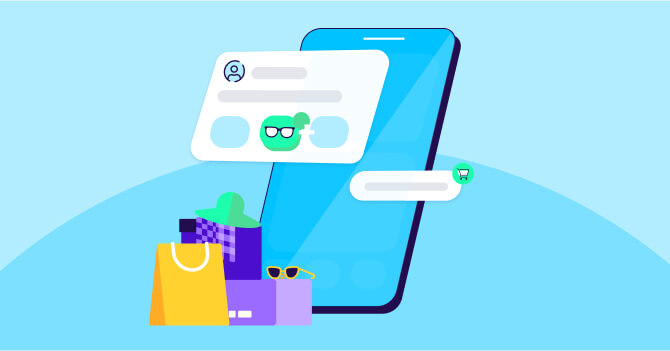
The in-app purchase monetization model focuses on selling a variety of virtual goods, services, and bonuses within the app.
In-app purchase revenue can be divided into two:
- In-store revenue: In-app purchases generated through the app store on which fees apply (see ahead for more). The lion’s share is driven by gaming and subscription apps. In 2021 alone, in-store revenue generated $133 billion of consumer spend – a 20% increase compared to 2020.
- Out-of-store revenue: Any revenue that is generated directly in the app (eCommerce, travel, food delivery, transportation, etc.). It therefore generates even more revenue than in-store.
Benefits of in-app purchases
We are living through a microtransaction economy, where apps are successfully generating profit by selling in-app experiences. These can include everything from selling sticker packs on messaging apps to plugins that unlock new design features in a video editing app. Dating apps can sell features that allow you to reach more people or boost your social profile.
IAP works effectively for gaming apps in particular when it enhances an already-fun gaming experience. It’s a low cost way to generate exclusive items and in-game benefits that ultimately drive a loyal user base.
What kind of apps should use in-app purchases?
In-app purchases can be effectively utilized across almost every type of app: from mobile games like Clash of Clans, Candy Crush, Pokemon Go, and Harry Potter: Wizards Unite, to non-gaming apps in eCommerce, transportation, social, and productivity.
Best practices
Offer a valuable upgrade
The most effective way to drive paying customers is to offer an improved experience on top of an app they already enjoy using. In-app purchases must be robust and engaging enough to generate long-term revenue. Whether it’s offering an ad-free experience or unlocking premium content, test out what your users find to be the biggest value-add.
Compliment this by continuously optimize pricing depending on different geographies and user segments. Experiment with promotions to see how different segments react to unique price points.
Keep a pulse on performance with predictive modeling
Utilize predictive modeling to make quick campaign optimization decisions. Machine learning algorithms can predict and prevent users from churning by identifying key patterns that your most profitable users make.
For example, it can predict that your most profitable users complete the first five levels of a game within the first hour of play. You may utilize that data to promote your in-app purchases and tailor your messaging accordingly.
Create multiple currencies in games
Create a soft and hard currency. A soft currency can be rewarded through certain actions within a game, which provides a sense of growth and advancement. Hard currency can be earned in very limited amounts through difficult in-game actions, but should be bought with real cash. Whether it be granting extra draws in a lottery, exclusive skins, or leveling up your character, this helps users speed up their progression in the game.
Avoid being labeled as a pay-to-win game
Splitting in game purchases can help maintain the value of in-game currency with real-world money that generates the actual revenue. It’s integral to maintain the value of in-game currency that everyone can earn to keep the game challenging and accessible to all. An imbalance could cause higher churn if other players feel a game is pay-to-win.
Subscription and freemium models
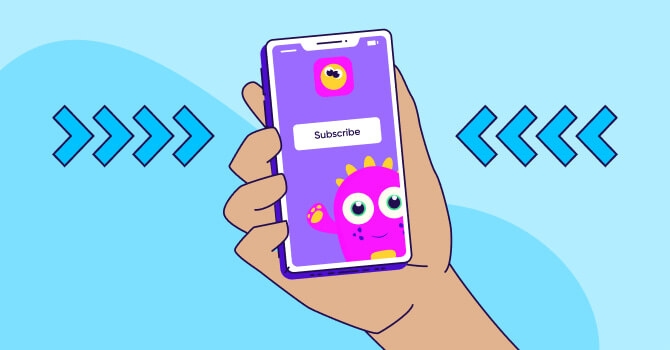
A subscription model relies on an app being free to download and charges a recurring fee to use over time. Oftentimes, subscription-based apps take a ‘freemium’ approach, which offers limited features for free and asks users to pay to unlock the rest of the app.
Benefits of subscriptions
When executed well, subscriptions can be an extremely lucrative advertising model. Monthly subscriptions can help create predictable cash flow, especially if developers have a good sense of churn and retention rates or in other words, how many users are joining or leaving the app. Similarly to users who pay for apps up front, subscribers are actively invested in using the apps that they pay for.
Additionally, Apple App Store lowers commissions fees from 30% to 15% for subscriptions after a year. The Google Play store will take only 15% on all subscriptions from day one.
What kind of apps should use the subscription model?
Apps that provide unique content on a regular basis can be successful with the subscription model. This can include video streaming apps, dating apps, fitness apps, news apps, and productivity apps.
Best practices
Focus on content first
Provide fresh, new, and exclusive content on a regular basis, especially if you’re a video streaming service. Competition is fierce, so it’s integral that you provide a unique experience that cannot be found elsewhere.
Offer discounts for long term subscriptions
Offer users a significant discount for 6 to 12 month subscriptions that are paid in a lump-sum. It’s a win for your most loyal customers and also provides you guaranteed up front cash flow.
Provide an exceptional onboarding experience
A great onboarding experience can help your users extract the most out of the app as early as possible. It’s essential that you clarify the most valuable aspects of your app and that they’re using all your best available features.
Gift free trials
A no-frills free trial that allows users to identify the value of a product before making a purchase decision. At the end of the day, a great product sells itself. While there’s no guarantee a user will convert to becoming a paying customer, you’ll make the decision so much easier by doing so. Even if your conversion rates are low, you’ll gather data to identify key opportunities to improve your app.
In-app advertising (IAA)
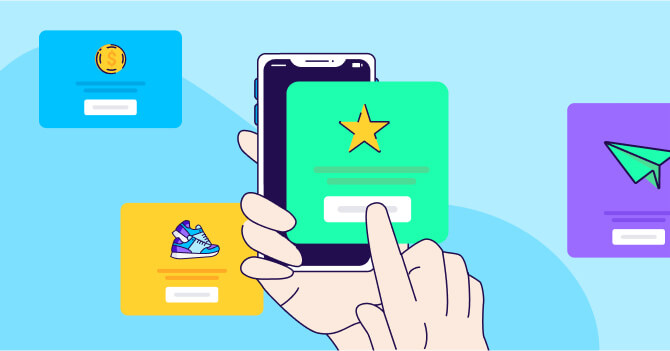
In-app advertising, or IAA for short, is a monetization strategy that leverages an app’s real estate, mainly in gaming, to show ads to their users. In short, advertising space is sold to ad buyers to display ads.
Because the vast majority of users do not complete in-app purchases, having ads in your app can drive revenue from this large segment of users (while not showing ads to users who do monetize through in-app purchases). It is therefore a highly popular revenue stream, especially in games.
Even though it’s tempting to show as many ads as possible in your app, developers need to strike a delicate balance between serving the right number of relevant ads while not harming user experience with overexposure.
What kind of apps should be using in-app advertising?
In-app advertising is ubiquitous in the app world and can be utilized effectively with almost any free app. However, they are particularly popular among gaming apps to monetize the non-paying audience.
Apps, especially those with IAP serving as the main revenue stream (e.g. eCommerce, travel, and hardcore games), should carefully consider if and when to use in-app advertising to avoid any friction in the path to purchase.
In-app advertising formats
Banner Ads
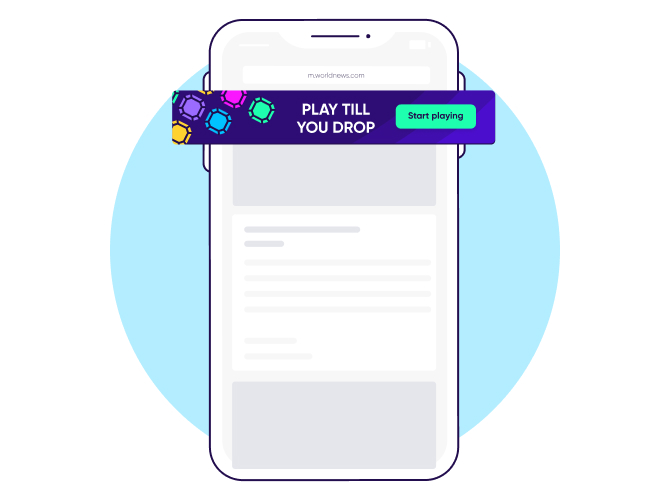
Banner ads are made up of graphics and text components that appear usually at the top or bottom of the screen with a clear call-to-action button.
Video Ads
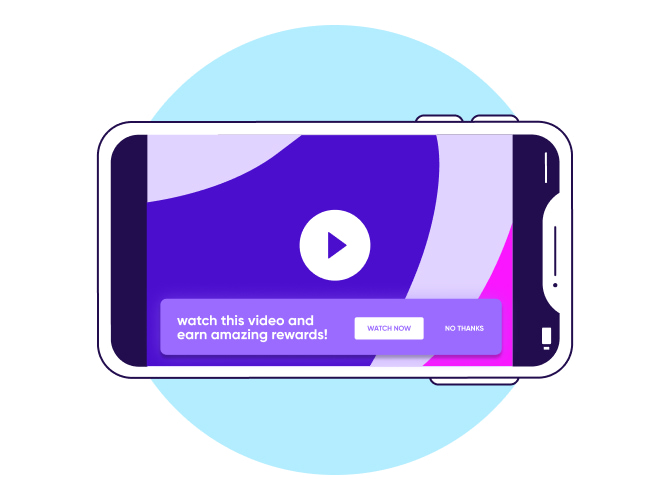
Video ads are video clips that appear before another video. An example of this is a pre-roll video that appears before you watch your video. They often have high engagement and click through rates.
Rewarded video ads
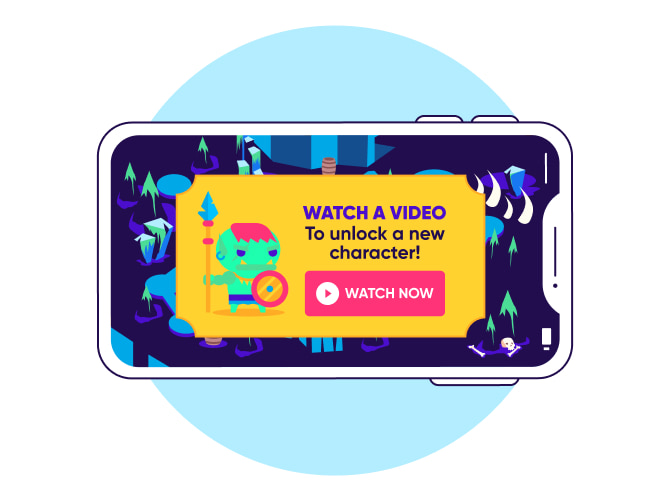
Rewarded video ads offer users an in-app benefit for watching a video in its entirety, which is a lucrative ad format for gaming apps. Rewards can be anything from unlocking new characters to in-app currency or extra lives – as such they are used almost entirely in gaming apps.
Interstitial ads
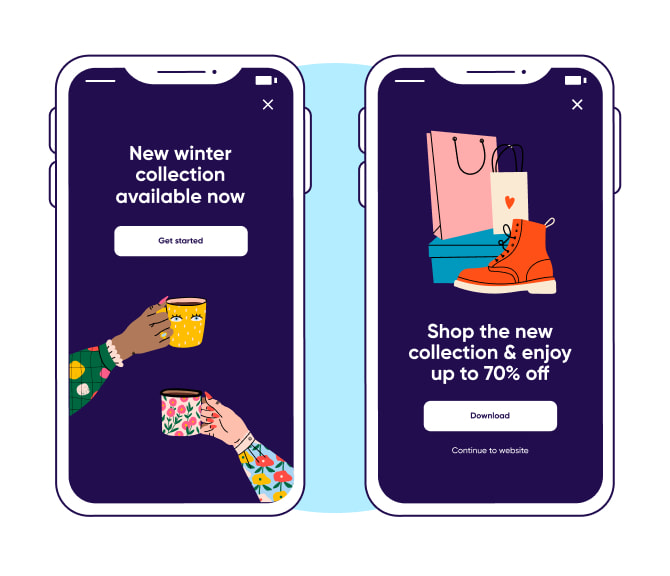
Interstitial ads are full screen ads that typically appear during a transitional phase of the app, such as a level completion. They are often rich media and can be in the form of videos, images, and/or text.
Native Ads
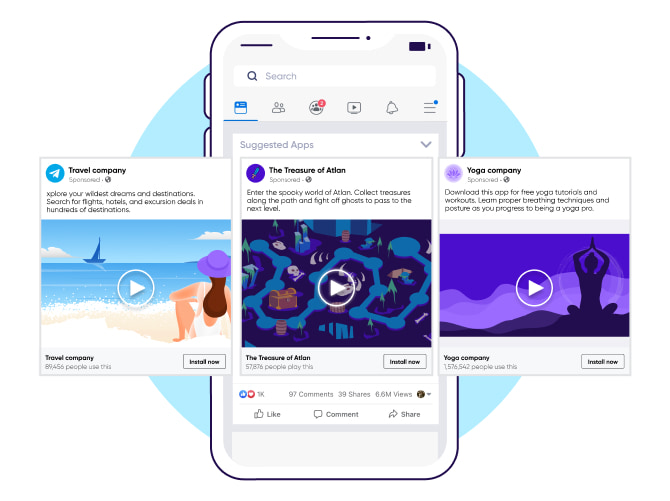
Native ads appear to look like organic content, such as a news feed or content recommendation engines that are marked as sponsored content. They’re designed to fit naturally within the app without hindering user experience.
Playable Ads

Playable ads are playable mini games that briefly show a key mechanic of another game. They’re engaging and drive one of the highest CPM rates for gaming apps.
Offerwall Ads
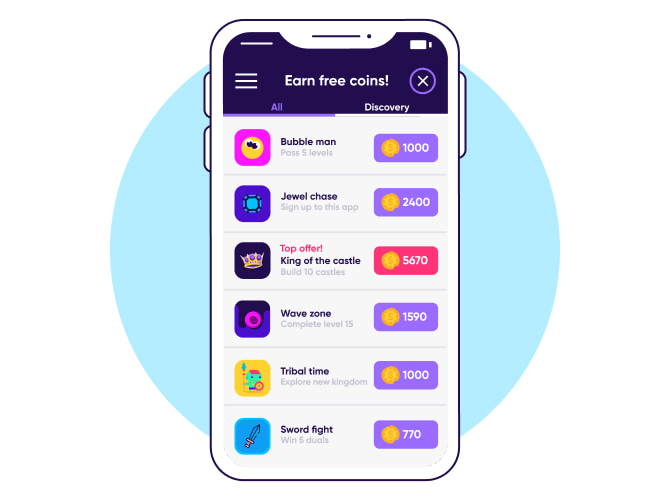
Offewalls provide users rewards in exchange for specific actions such as filling out surveys, playing a game, downloading an app, or reaching a certain level in another game.
Benefits of in-app advertising
Ease of implementation
In a world of free apps, in-app purchases and in-app advertising are the highest grossing revenue channels. One of the biggest reasons for this is the accessibility of it. Not all apps can sell in-app upgrades or purchases, while most apps can easily implement video ads, banner ads, and native ads.
Integrate flexibly without ruining the user experience
There are diverse IAA formats that can be implemented flexibly and seamlessly within apps. Integrating the ad into the natural flow of your app will make it less disruptive to the user and better for the app as a whole. Especially in casual gaming apps, you can utilize rewarded video ads to offer in-game benefits in exchange for watching ads.
Best practices
Test everything – especially frequency
Like any other advertising method, ensure you’re testing which formats and pricing models are the most profitable for your app. Always measure your users’ behavior and don’t be afraid to test multiple ad platforms to identify which generates the highest CPM.
Improve viewability
Not checking for viewability is a surefire way to lose out on advertising revenue. Mobile display ad impressions are only viewable when 50% or more of the pixels are within the user’s view. They also need to be shown for at least one continuous second after rendering. Regularly test these requirements so you get paid accordingly.
Invest in creative
Despite the data focus in recent years, creative was and remains one of the most important factors in marketing success. Investing in top designers, measuring creative success, and testing every component with multiple variations are vital.
Recommended reading: The complete guide to in-app advertising
Paid Download or Pay Per Download (PPD)

One of the oldest monetization strategies is to charge a one-time fee to download your app. Paid downloads effectively generate revenue, but as mentioned above, may leave long-term revenue opportunities on the table.
Benefits of the paid download model
Paid apps heavily depend on brand recognition, unique content, and trusted reviews, especially if it doesn’t come with a free trial. However, once a paid app presents undeniable and differentiated benefits, you can generate predictable and consistent revenue.
Because you’re only measuring app downloads over time, revenue is a lot more easily measured but at the cost of not being able to upsell your users with other monetization strategies.
Additionally, not having interrupting banner ads or interstitial ads ensures a much higher quality and uncluttered user experience. Lastly, paid app users may have higher expectations for your app, but they’re more likely to be dedicated to extracting the most value out of your app, which may help with user retention.
What kind of apps should be pay per download?
Apps with a unique and clearly differentiated feature or a household brand name with a unique offering should be paid.
Best practices
Before you adopt this method, ensure that you’re positioned as the differentiated market leader in what you do. The market will pay a fair value if you’re serving a unique need.
Also, verify that there are no free alternatives to your app and that you provide value to your users immediately. Lastly, dedicate your resources to improve App Store Optimization to improve your app’s ranking, trust, and visibility.
Hybrid monetization strategy
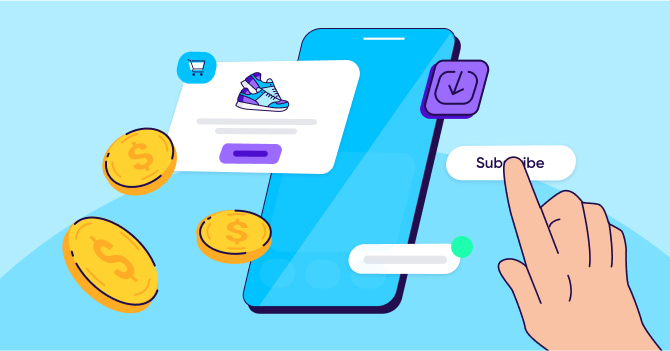
There’s no reason to limit your app to one monetization strategy. Many successful apps utilize a hybrid monetization strategy, which is a combination of two or more strategies to maximize revenue. Typically, apps using a hybrid model utilize a combination of in-app ads and in-app purchases.
Benefits of the hybrid model
The hybrid monetization model is extremely flexible and allows developers to generate diverse revenue streams from both users who are likely to make purchases and the less inclined. It entices more profitable users to reap the benefits of in-app purchases while providing an opportunity for all other users to improve their app experience by watching and engaging with ads.
What kind of apps should use the hybrid model?
While all apps can benefit from the hybrid monetization model, gaming apps have found great success utilizing a combination of in-app purchases with in-app advertising. For example, users may see a video ad upon completion of a new level while having the option to purchase a new life as well.
Best practices
Apps using hybrid monetization strategies need to be extra wary about showing too many ads. Prioritizing user experience is especially key, to ensure your app is worth spending money on. It’s integral to moderate the number of pop-ups, ad displays, and even the pricing of your in-app purchases as well.
Taking this a step further, segment your users appropriately. Encourage your “whales” to make more valuable purchases. You may also consider showing more in-app ads or rewarded video ads to players less inclined to spend.
App store platform fees
Getting your app listed on the app store only takes a few clicks. The listing process is easy, but getting your app shown is challenging. With so much competition growing by the hour, it’s important to ensure your app is listed on multiple marketplaces and optimized for. On the flipside, you’ll have to pay a fee for listing your apps on each respective marketplace.
Here’s a rundown of all the fees.
Apple App Store: 30% commission for every paid app download and in-app purchases of digital goods and services. Developers generating less than $1 million per year in App Store sales may qualify for Apple’s App Store Small Business Program that charges a 15% commission instead. No fees are charged for physical products. Subscription commissions are lowered to 15% after one year.
Google Play Store: 15% fee for every paid app download and in-app purchases of digital goods and services up to $1 million in sales. The rate is increased to 30% once the threshold is met.
Galaxy Store: 30% commission (negotiable) on purchases made on the app store.
Amazon App Store: 30% commision for every paid app download and in-app purchases of digital goods and services. Video apps have a 20% commision. Developers that generate less than $1 million per year in app store revenue can qualify for a 20% commission rate and 10% promotional credits for Amazon Web Services.
Microsoft Store: 15% commision for every paid app download and in-app purchases of digital goods and services. 12% commission on PC games. 30% commission on all apps, games, and in-app purchases on Xbox consoles. Non-gaming apps may also utilize their own payment systems to avoid commissions.
Key metrics to measure the effectiveness of your app monetization model
Now that you understand the difference between all the app monetization models, let’s talk about how you can measure the success of the one you’ve chosen. Here are the most important metrics to keep an eye on.
Retention rate: The percentage of users who use your app over a certain period of time. While there are nuances in independent user behavior, retention rate is a great high-level metric to identify whether or not your app provides a valuable user experience which translates into loyalty. When implementing in-app advertising strategies, it can also help identify whether or not it’s affecting user behavior.
Retention is key as it is the basis of monetization: the more loyal your users, the more ads they will engage with and / or the higher the likelihood that they will make an in-app purchase.
App Stickiness: The extent to which users engage with your app on an ongoing and regular basis. The higher user engagement is, the stickier the app is. This is measured by dividing your Daily Active Users (DAU) by your Monthly Active Users (MAU).
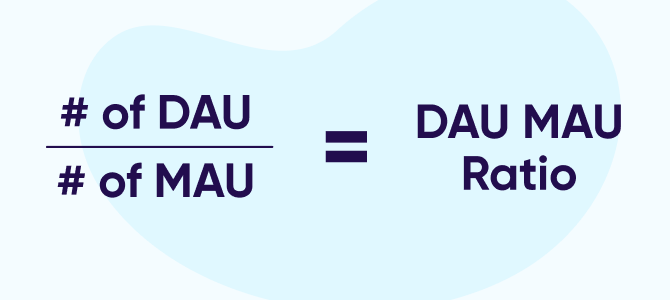
ARPU (average revenue per user): Helps measure how much you’re earning, on average, from each user. It’s calculated by dividing total revenue of a business by the average number of users within the same time period.
Lifetime Value (LTV): Determines how valuable a user is over the span of time they’re using an app. The information helps marketers determine how much money they can invest in advertising to acquire customers and remain profitable at the same time.
Funnel conversion rates: Help determine how the quality of users going down the marketing funnel — from the moment they see an ad to completing a meaningful, revenue-generating in-app event after installing an app. This data allows apps to optimize monetization strategies by identifying where users are falling off in the advertising/purchasing process.
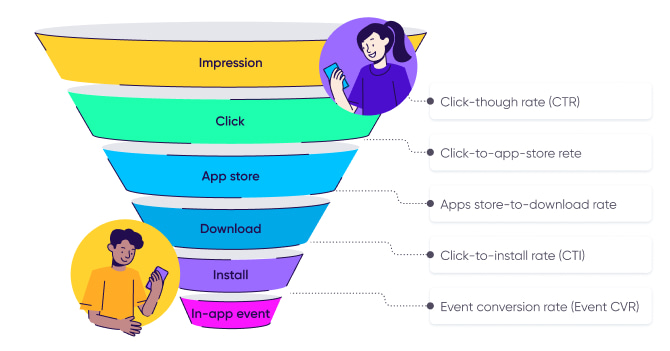
Once you understand these key metrics, you can test multiple models that you think would work best for your app more effectively. Ultimately, you need to measure how each ad experience affects your bottom line.
Key takeaways
- Although 95% of apps are free to install, the entire industry generated a whopping $400 billion in that year from a variety of monetization sources
- There are 5 app monetization models: in-app advertising, in-app purchases, paid apps, subscriptions, and hybrid
- Creating a user-friendly app monetization strategy will ensure you retain and grow your users profitably
- In-app advertising and in-app purchases are by far the most popular mobile app monetization models
- To best understand what advertising model to use, start by differentiating whether you want your app to be paid or free. Test multiple models while calculating KPIs like retention rates and ARPU to effectively measure each model’s performance.
